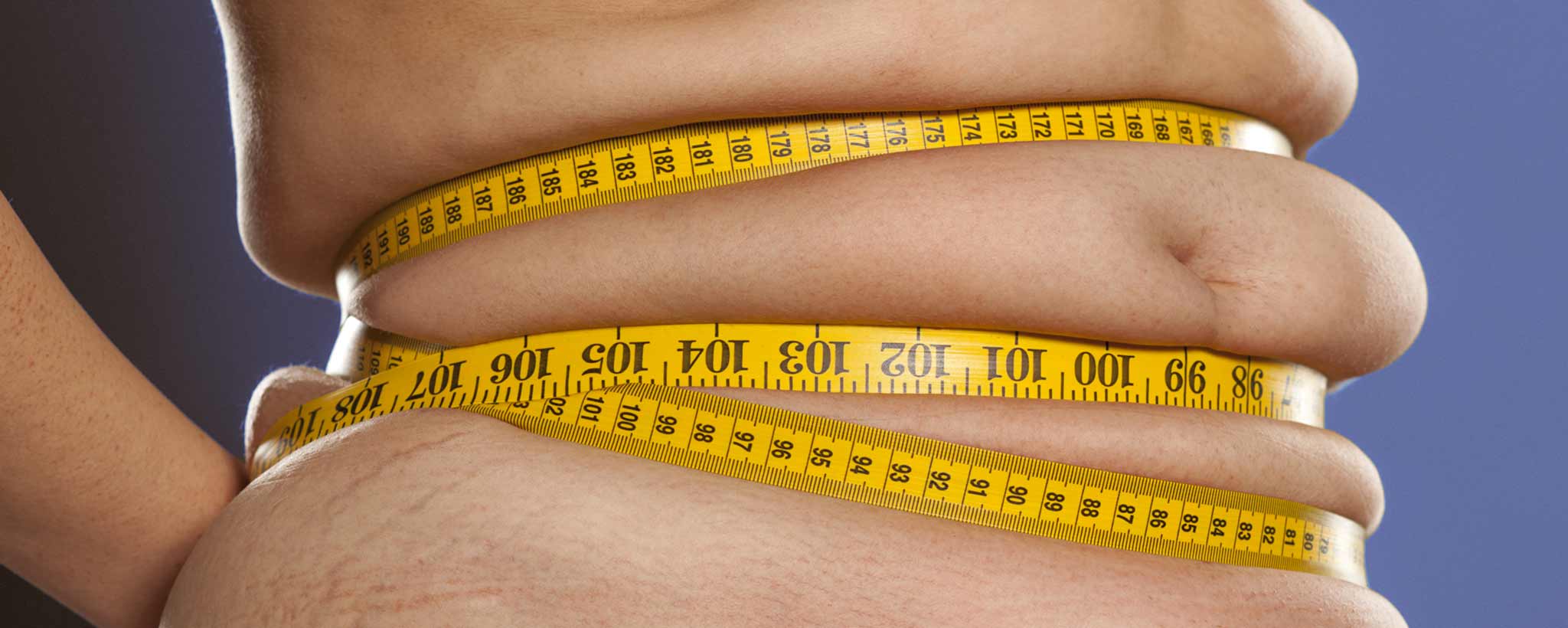A Stampede of Conflicts
I don’t envy those responsible for making decisions about whether the nation should hunker down or roam free. Having everyone stay at home weighs the economy down. Even “the city that never sleeps” was on lockdown. Having the unvaccinated population roam about rapidly spreads the coronavirus. This has led to a preponderance of mixed messages:
- In early March, the U.S. President claimed that testing is “going very smooth,” and that “anybody that needs a test can get one.” Later that week, Health and Human Services Secretary Alex Azar said: “You may not get a test unless a doctor or public health official prescribes a test.”
- Americans were first told that wearing masks in public was unnecessary. They are only beneficial for healthcare workers. Then we are told that the public can wear them voluntarily to reduce the spread of the virus.
- The N95 mask was hailed as the standard for protection against COVID-19. Then the public is told they can wear DIY masks with bandanas and rubber bands.
- Within two weeks, with local ordinance variance, the maximum gathering size dropped from 100 to 10 to zero.
- When first implemented, shelter-in-place was touted as the means to slow the spread of the coronavirus. As the economy tanks, there is talk about allowing certain business sectors to gradually reopen.
- The U.S. President has stockpiled 29 million unproven anti-malaria pills (also used off-label for lupus) as a possible COVID-19 vaccine. Top health officials say more promising vaccines are in clinical testing.
- With a verified vaccine many months away, people are weighing herd immunity. Some would say this corresponds with lifting the stay-at-home order.
- “I cannot impress upon people more, we’re not going back to normal, we're going back to a new normal, with adaptations and modifications until we get to immunity, until we get to a vaccine. We'll get there,” says California Governor Newsom.
Lack of clarion leadership has led multiple governors to form reopening alliances. To suppress the appearance of a coup d'état, President Trump relinquished decisions about reopening states to corresponding governors. This is the authority governors feel they had all along. How might this reopening look?
Basic guidance includes conversations between government and businesses on how essential they are and whether they can adapt to social distancing. The Whitehouse suggests that states sustain 14 days with no increase in COVID-19 deaths and hospitals returning to pre-coronavirus conditions. This includes having no PPE shortages. Additionally, states should be able to track and isolate areas where the virus exists. But since reopening is up to the governors, these are suggestions that few are following.
In Georgia and South Carolina, governors announced they will ease restrictions despite neither of them meeting White House recommendations of a two-week downward trend in cases before lifting measures. Even though the U.S. Supreme Court is convening remotely in response to social distancing, the Wisconsin Supreme Court has overturned the state’s stay-at-home order, ruling it “unlawful” and “unenforceable.” More states are easing restrictions.
Laurie Garrett, the author of “The Coming Plague,” outlines a 36-month recovery requiring some miracles. At the top of the list is the development of a universal inexpensive vaccination not requiring refrigeration or needles. It must then be administered to the global population. In the absence of such ideal circumstances, COVID-19 will linger indefinitely.
Some unmasked citizens in Texas, Maryland, Indiana, Nevada, and Wisconsin are taking their frustration to the streets. In another bizarre turn of events, President Trump defended the mounting series of protestors against coronavirus restrictions:
“I really believe that they’re being unreasonable,” Trump said, citing the Democratic governors of Michigan and Virginia. “There are a lot of protests out there. And I just think that some of the governors have gotten carried away.”
Attorney General William Barr said the Department of Justice (DOJ) will consider taking legal action against governors who continue to impose stringent rules for dealing with the coronavirus that infringes on constitutional rights even after the crisis subsides in their states. If governors keep states shut down and protestors bring lawsuits against the states, the DOJ may enjoin themselves to the protestors.
Then President Trump announced the termination of the U.S. Government COVID-19 Task Force in May. Trump conceded that “there’ll be more death” as the country opened but added, “The virus will pass, with or without a vaccine.” It appears the populous is heading towards a herd immunity experiment.
What Is Herd Immunity?
Even though elephants are strong animals, they have predators. Young elephant calves can succumb to lions, wild dogs, and even river torrents. Instinctively, the adults in a herd surround calves to form a barrier of protection.
Early research shows a large number of people may have had mild symptoms or no symptoms at all—and this group might be spreading the coronavirus more than previously thought. When everyone around you is a potential COVID-19 carrier, there is a high probability of infection. Herd immunity occurs when someone without the virus is surrounded by a barrier of those who are immune. There are two ways for the barrier to acquire immunity:
- Many people contract the disease and in time build up an immune response to it (natural immunity).
- Many people are vaccinated against the disease to achieve immunity.
In the absence of a vaccine, the only option seems to be exposure of the virus to 70 to 95 percent of the population. Theoretically, those who contract the virus and recover have antibodies that have successfully fought it off. So implementing herd immunity as a solution might involve ending stay-at-home orders and sending people out with masks that provide little protection. The effects might overwhelm hospitals and lead to high death rates.
UPDATED: FEB 18, 2024





